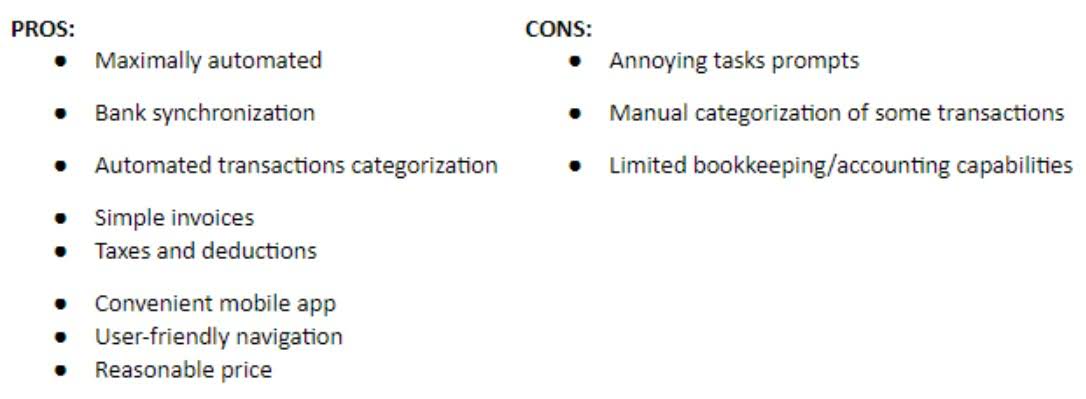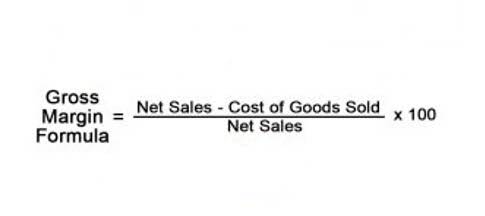Closing Entries Financial Accounting

But using the income summary account was used to give a clear view of the company’s performance when there was only manual accounting. Usually, where the accounting is automated or done using software, this intermediate income summary account is not used, and the balances are directly transferred to the retained earnings account. The temporary accounts need to be zero at the end of an accounting period. The post-closing trial balance ensures the ledger is balanced after closing entries are completed.
- All temporary accounts with a debit balance, particularly the expense accounts, are credited while the income and expense summary account is debited.
- This process highlights a company’s financial performance and position.
- RetainedEarnings is the only account that appears in the closing entriesthat does not close.
- Failing to make a closing entry, or avoiding the closing process altogether, can cause a misreporting of the current period’s retained earnings.
Looking for software system to improve your business efficiency?

As an experienced corporate accountant contra asset account and financial controller, I’ve spent countless hours perfecting the year-end close process. Over the past 15 years, I’ve closed the books month after month, year after year, and I’ve developed a comprehensive checklist to ensure a smooth and efficient year-end close. The income statementsummarizes your income, as does income summary.

What is Qualified Business Income?
- However, if the company also wanted to keep year-to-dateinformation from month to month, a separate set of records could bekept as the company progresses through the remaining months in theyear.
- After this closing entry has been posted, each of these revenue accounts has a zero balance, whereas the Income Summary has a credit balance of $7,400.
- Let’s investigate an example of how closing journal entries impact a trial balance.
- The income summary account must be credited and retained earnings reduced through a debit in the event of a loss for the period.
- Closing entries are put into action on the last day of an accounting period.
Temporary accounts include all revenue and expense accounts, and also withdrawal accounts of owner/s in the case of sole proprietorships and partnerships (dividends for corporations). A net loss would decrease retained earnings so we would do the opposite in this journal entry by debiting Retained Earnings and crediting Income Summary. Closing entries, on the other hand, are entries that close temporary ledger accounts and transfer their balances to permanent accounts. After the posting of this closing entry, the income summary now has a credit balance of $14,750 ($70,400 credit posted minus the $55,650 debit posted). Let’s investigate an example of how closing journal entries impact a trial balance. Imagine you own a bakery business, and you’re starting a new financial year on March 1st.

Step 3 of 3

Expense accounts, including Cost of Goods Sold, Depreciation Expense, and others, are closed by transferring their balances to the Income Summary account. This ensures that expense accounts are also reset to zero for the new period. Only incomestatement accounts help us summarize income, so only incomestatement accounts should go into income summary. Our discussion here begins with journalizing and posting theclosing entries (Figure5.2).
Preparing a Closing Entry

Closing entries are journal entries made at the end of an accounting period, that transfer temporary account balances into a permanent account. To close revenue accounts, you first closing entries transfer their balances to the income summary account. Start by debiting each revenue account for its total balance, effectively reducing the balance to zero. Then, credit the income summary account with the total revenue amount from all revenue accounts.
- This process ensures that your temporary accounts are properly closed out sequentially, and the relevant balances are transferred to the income summary and ultimately to the retained earnings account.
- Closing Entries are journal entries that are recorded for the purpose of closing all temporary accounts and transferring their balances to permanent accounts.
- For example, publicly listed companies must meet strict reporting criteria, making the accuracy of the post-closing trial balance vital.
- Accountants prepare the post-closing trial balance by listing all remaining ledger balances, compiling account titles and their respective debit or credit balances in a structured format.
- After the posting of this closing entry, the income summary now has a credit balance of $14,750 ($70,400 credit posted minus the $55,650 debit posted).
- For example, $50,000 in dividends is debited from Retained Earnings, reducing the balance available for future use or distribution.
- This is an optional stepin the accounting cycle that you will learn about in futurecourses.
- In addition, if the company uses several sets of books for its subsidiaries, the results of each subsidiary must first be transferred to the books of the parent company and all intercompany transactions eliminated.
- It is a holding account for revenues and expenses before they are transferred to the retained earnings account.
- By identifying any unexpected changes, you can investigate and make any necessary adjustments before closing the books.
- Any remaining balances will now be transferred and a post-closing trial balance will be reviewed.
- This is a necessary part of the closing process that occurs at the end of each reporting period.
- The income statementsummarizes your income, as does income summary.
- The Income Summary account has a credit balance of $10,240(the revenue sum).
Notice how only the balance in retained earnings has changed and it now matches what was reported as ending retained earnings in the statement of retained earnings and the balance sheet. LiveCube Task Automation is designed to automate repetitive tasks, improve efficiency, and facilitate real-time collaboration across teams. By leveraging advanced workflow management, the no-code platform, LiveCube ensures that all closing tasks are completed on time and accurately, reducing the manual effort and the https://www.bookstime.com/ risk of errors. Organizations can achieve a 40% increase in close productivity, resulting in a more streamlined financial close process and allowing your team to focus on more strategic activities. Once we have obtained the opening trial balance, the next step is to identify errors if any, make adjusting entries, and generate an adjusted trial balance. ABC Ltd. earned ₹ 1,00,00,000 from sales revenue over the year 2018 so the revenue account has been credited throughout the year.
 Categories:
Categories:  Tags: |
Tags: | 